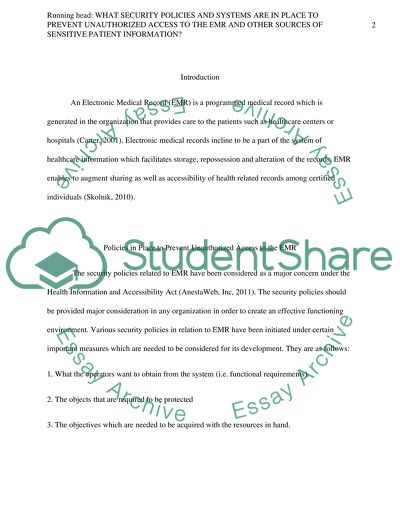Cite this document
(“What security policies and systems are in place to prevent Essay”, n.d.)
Retrieved from https://studentshare.org/nursing/1460656-what-security-policies-and-systems-are-in-place-to
Retrieved from https://studentshare.org/nursing/1460656-what-security-policies-and-systems-are-in-place-to
(What Security Policies and Systems Are in Place to Prevent Essay)
https://studentshare.org/nursing/1460656-what-security-policies-and-systems-are-in-place-to.
https://studentshare.org/nursing/1460656-what-security-policies-and-systems-are-in-place-to.
“What Security Policies and Systems Are in Place to Prevent Essay”, n.d. https://studentshare.org/nursing/1460656-what-security-policies-and-systems-are-in-place-to.


